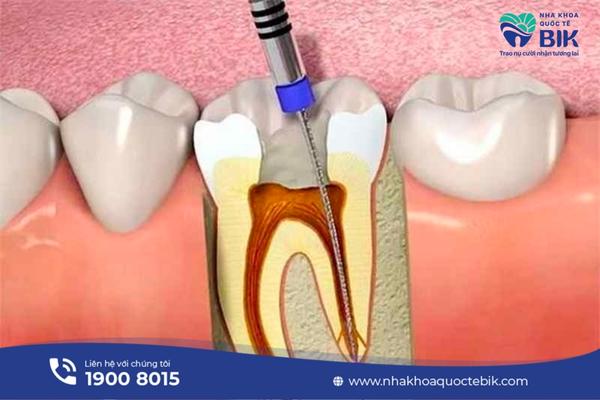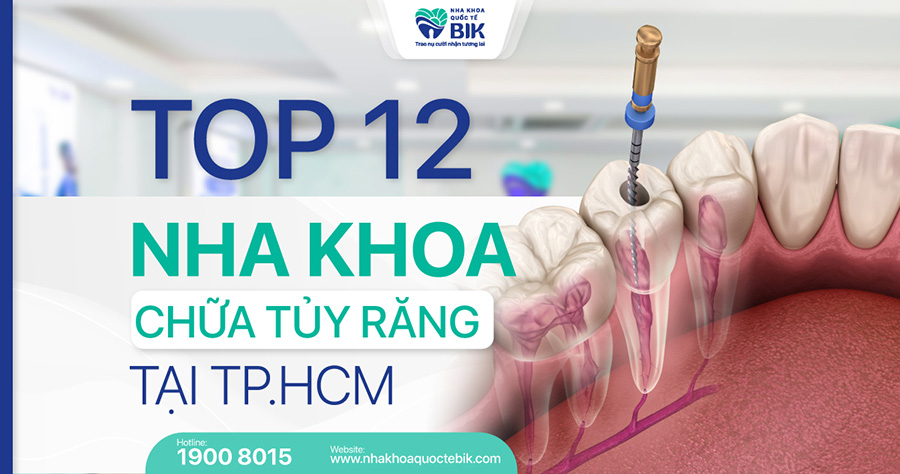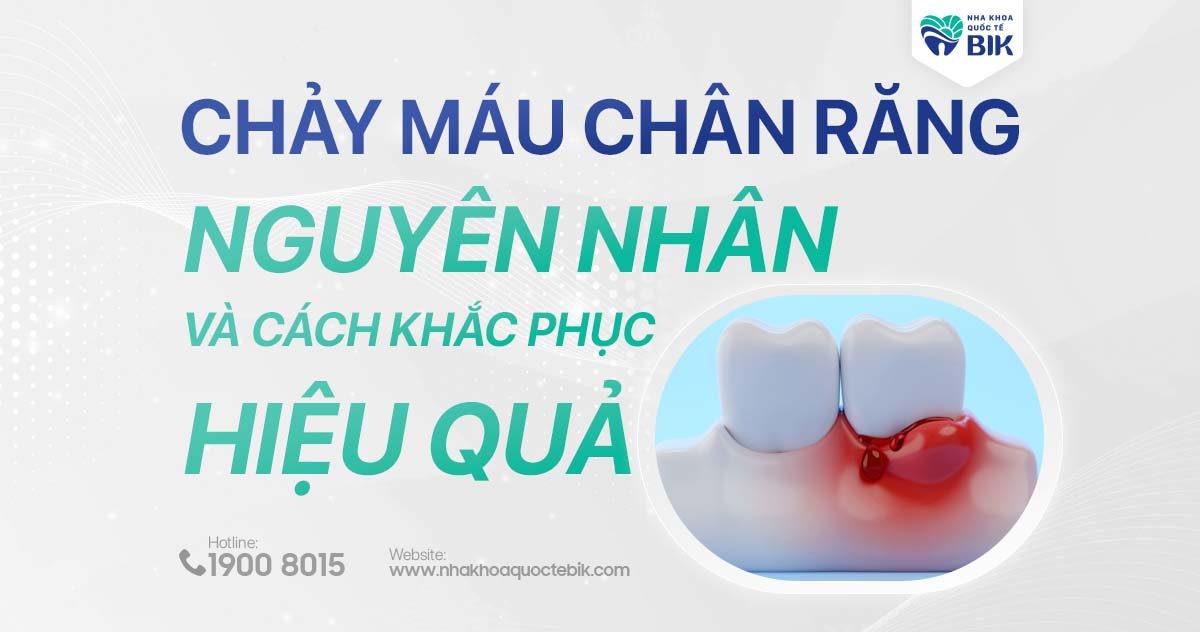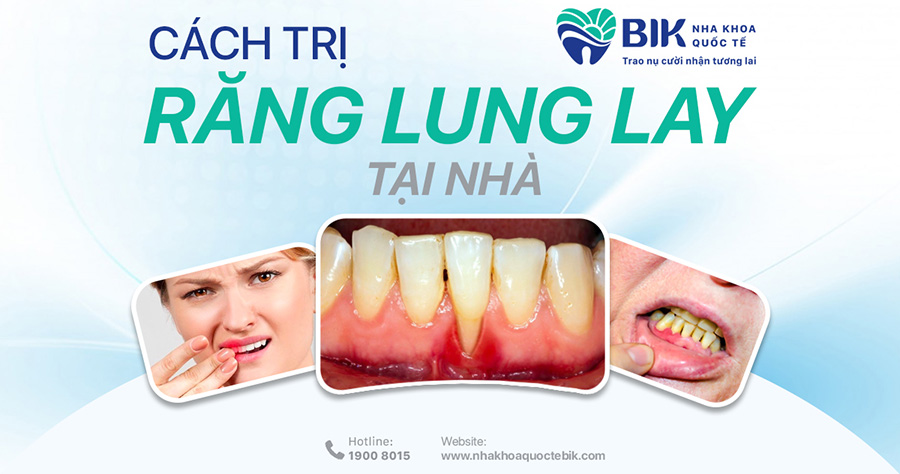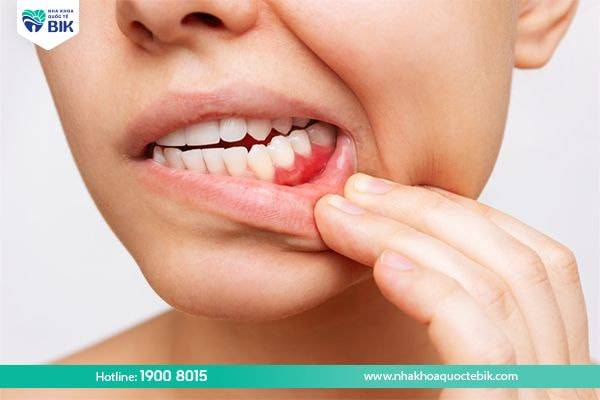Tooth number 6 is a large molar located deep inside the jaw, so the risk of decay is also very high. However, not all cases can be extracted, but whether to extract a decayed tooth number 6 or not depends on the doctor’s instructions. Based on the initial examination results, the doctor will give the most appropriate treatment method for each decayed tooth condition, not necessarily having to extract the tooth.
1. Should tooth number 6 be extracted if it has a decay?
Tooth number 6, also known as molars, is the largest molar in the jaw, so it plays a very important role in the chewing process. Molars begin to grow between the ages of 6-8, this tooth only grows once and does not grow any more times.
Normally, when you have dental problems that seriously affect your health, the doctor will treat them with different methods and minimize the need for tooth extraction.
Any tooth on the jaw that needs to be extracted must be carefully considered by a specialist because the most important principle in dental treatment is to preserve the real tooth as much as possible. Above all, tooth number 6 is a molar, surrounded by a complex system of nerve tissue, so the extraction of decayed tooth number 6 must be considered more carefully than ever.
Whether or not to extract decayed tooth number 6 depends largely on the stage of tooth decay. If the decay is just a small dot, not affecting the dentin or pulp inside, then just filling the tooth is enough.
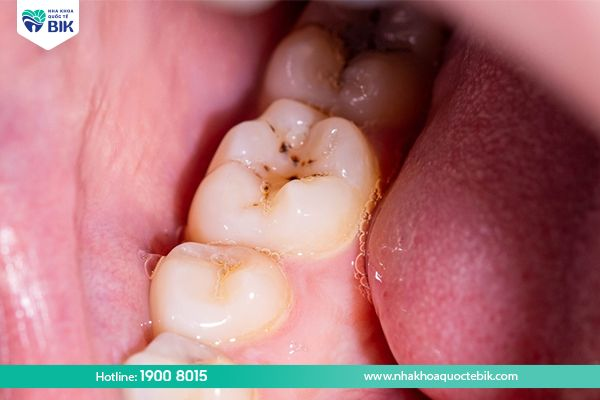
2. Cases of tooth number 6 extraction
In many cases, tooth number 6 extraction, although not preserving the real tooth as per the principle, still brings many benefits:
2.1. Severely decayed tooth
In cases where tooth number 6 is severely decayed with prolonged pain, the dentin and pulp inside are severely damaged, it is necessary to extract the tooth. Extracting a severely decayed tooth number 6 will effectively stop the pain and protect the adjacent teeth from infection.
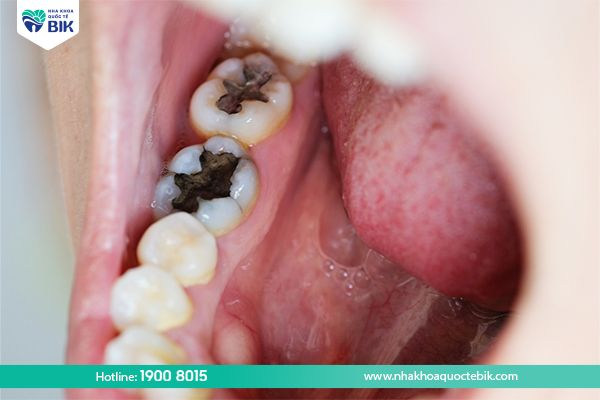
2.2. Pulpitis
When tooth decay bacteria have attacked and caused inflammation of the pulp, if examined and treated immediately, the rate of tooth retention is 80 – 90%. On the contrary, if pulpitis is left untreated for a long time, the infection spreads to the root of the tooth, forming an abscess around the root, and a root cyst that weakens the tooth, making it very difficult to treat and must be extracted because the tooth cannot be retained.

2.3. Severe periodontitis
In the case of tooth number 6 with cavities and severe periodontitis, the tooth root is no longer firmly attached to the gums, causing the tooth to become loose, so tooth number 6 extraction is inevitable.
3. Does tooth number 6 extraction hurt?
In the past, doctors would use pliers and levers to apply full force to the tooth to be able to extract the tooth from the jaw, so after tooth extraction, you will often feel prolonged pain. However, with the development of modern technology today, medicine also has applications that help bring better results, helping patients feel more comfortable during treatment.
Most dental clinics today use Piezotome ultrasonic vibrator to perform tooth extraction, combined with local anesthesia, so you can rest assured that you will not feel any pain during the tooth extraction process. The technique for extracting decayed tooth number 6 using Piezotome ultrasonic vibrator is as follows:
– The ultrasonic tip of the Piezotome machine only affects the periodontal system of the tooth, breaking the periodontal ligament to expose the body and root of the tooth.
– Combined with the use of an ultrasonic tooth cutter instead of a saw head, the ultrasonic tooth extractor will cut the tooth into small pieces, quickly removing it from the jawbone.
– This technique does not invade the gums, so pain and bleeding will be minimized. From there, the healing time after tooth extraction is also significantly shortened.
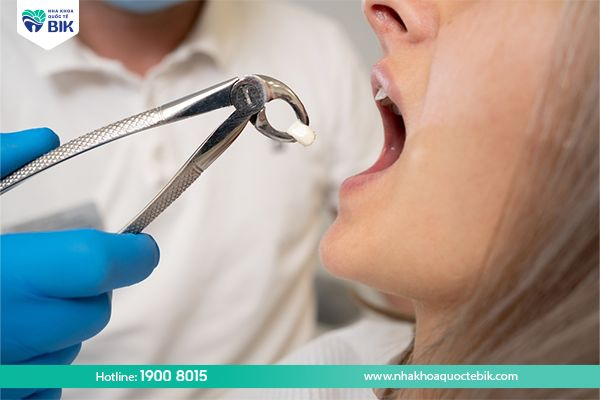
4. Does tooth number 6 extraction have any effect?
In fact, tooth number 6 extraction is a method of treating severe tooth decay and will help eliminate the pain caused by tooth decay. However, the loss of a tooth leaves a gap in the jaw in the long term, which can lead to the following effects:
4.1. Affects the ability to chew
As mentioned above, tooth number 6 is a large molar that plays an important role in the chewing process, so the loss of tooth number 6 makes eating and drinking much more difficult. Above all, food that is not crushed before going down to the stomach will be difficult to digest, and gastric juice must be secreted more than usual to digest food.
At this time, the stomach wall must work at full capacity to contract and mix to fully metabolize nutrients. Over time, the stomach will be overloaded and lead to diseases such as stomach pain, stomach ulcers, etc.
4.2. Affects surrounding teeth
When there is a gap in the jaw due to the extraction of tooth number 6, the surrounding teeth will lose their support, the teeth will gradually shift and tilt towards the gap. The symmetrical teeth in the remaining jaw will also protrude and fall. From there, the teeth can become loose, causing misalignment of the bite.
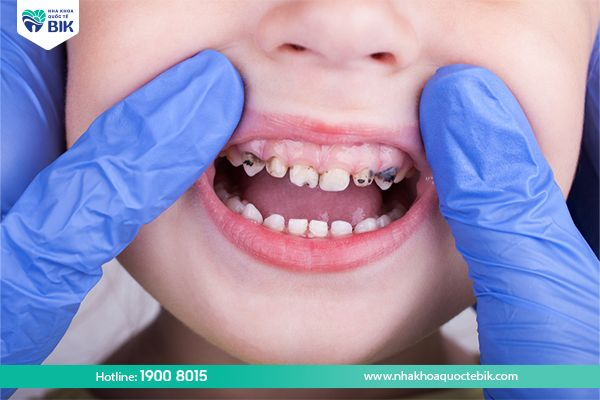
4.3. Jawbone loss
The reason why the jawbone can develop normally and healthily is thanks to the stimulation of chewing force, so once the jawbone position of tooth number 6 is no longer stimulated to develop, after a while the jawbone will be lost, causing the tooth to become loose and possibly leading to the loss of the entire jaw. This is also a serious impact when tooth number 6 is extracted and not replanted after a long period of decay.
4.4. Affects aesthetics
Although tooth number 6 is a molar located deep inside, the loss of this tooth can also affect the aesthetics of the entire face. Long-term jawbone loss will cause the cheeks to sink in, the skin to wrinkle and sag, leading to premature aging of the face.
5. Methods of tooth restoration number 6
To prevent the above effects, you can consider restoring tooth number 6 after extraction with one of the two following popular methods:
5.1. Making a porcelain bridge
A porcelain bridge is a row of 3 porcelain teeth attached together, in which the middle tooth will replace the lost tooth number 6 and the two adjacent teeth will be attached to teeth number 5 and number 7 to act as support pillars. The condition for making a porcelain bridge is that teeth number 5 and number 7 must still be healthy so that the doctor can grind the tooth stump before being able to attach the bridge on top.
With this method, it only takes you about 3-5 days to complete the process of restoring the lost tooth number 6, regaining the ability to chew immediately. However, the biggest disadvantage of porcelain bridges is that they cannot prevent jaw bone loss because they only restore the upper part of the tooth body.
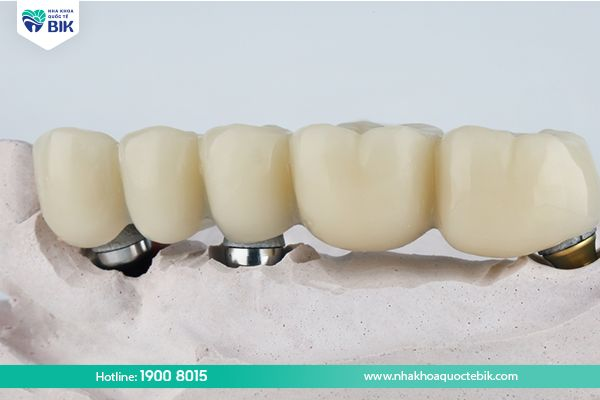
5.2. Implant dentistry
Implant dentistry is the most optimal tooth restoration method today. Implant dentures consist of 3 parts: Implant post, Abutment joint and porcelain crown. In which, the Implant post will be inserted deep into the jawbone to replace the lost real tooth root and the porcelain crown will be attached above through the Abutment joint.
Thanks to the implant tooth root, the jawbone will receive the chewing force to stimulate healthy development as usual, avoiding jawbone loss. In addition, because the implant pillar is made of high-grade Titanium material with high integration ability with the body, the life of the implant tooth can last up to 25 years if well cared for. However, implanting teeth still has the disadvantage of a long treatment time, you need to wait from 2-6 months to complete the implant tooth.
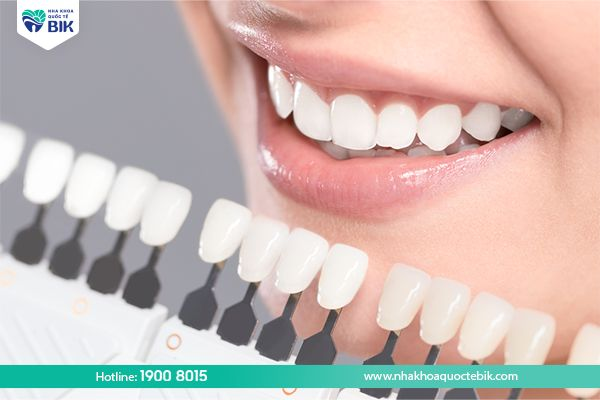
So whether or not to extract decayed tooth number 6 depends largely on the condition of each person’s tooth decay. Therefore, to ensure safety, patients should choose to visit reputable dental facilities with a team of good doctors with more than 10 years of experience in the profession such as BIK International Dental Clinic to receive the most accurate diagnosis, thereby providing appropriate treatment for tooth decay.

